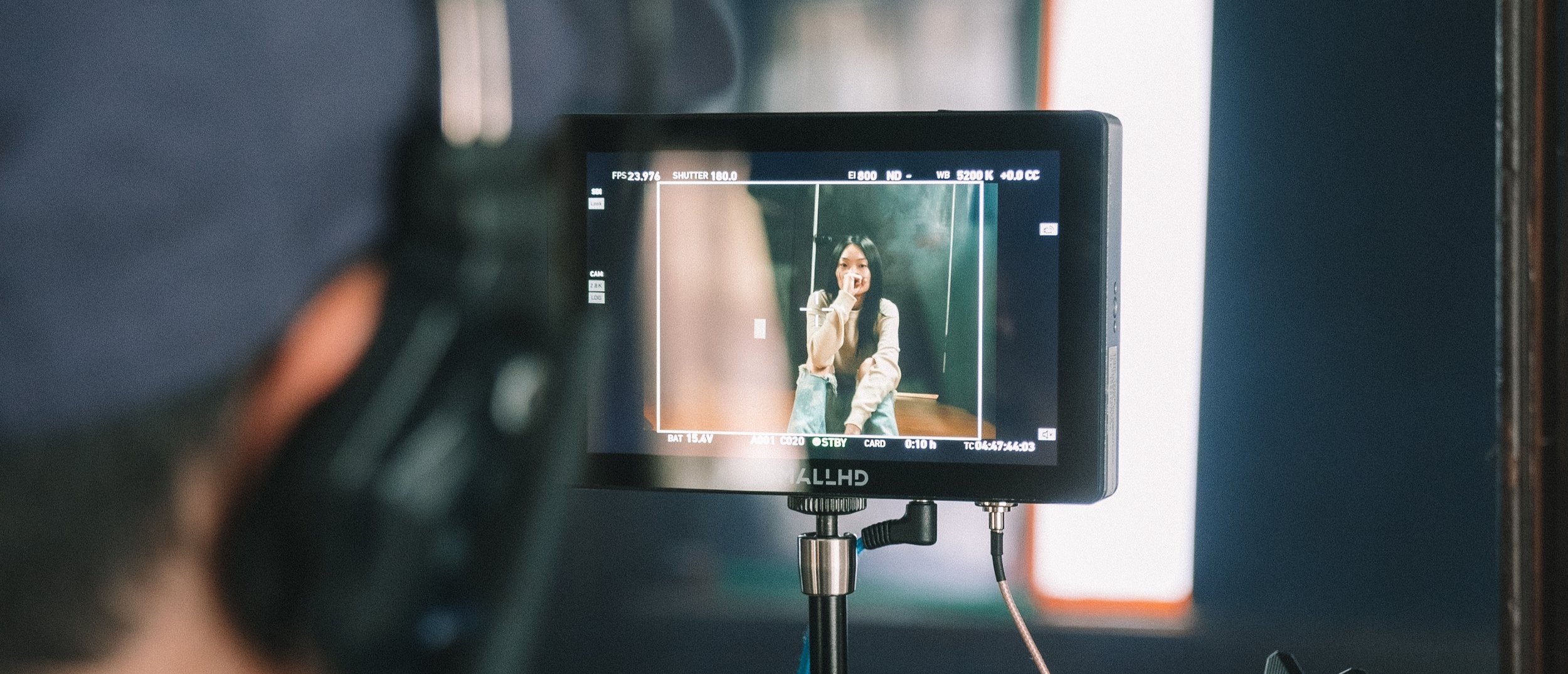The Complete Guide to Lens Mount Compatibility
Photo by Paul Skorupskas on Unsplash
Understanding Camera Lens Mount Compatibility Can Save You Thousands
Whether you're a professional cinematographer, photographer, or enthusiast looking to expand your lens collection, understanding lens mount compatibility is crucial. This comprehensive guide will help you determine which lenses work with your camera system and when you need adapters.
What is Lens Mount Compatibility?
Lens mount compatibility refers to whether a lens from one camera system can physically attach and function on a camera body from another system. The compatibility depends on several key factors:
Flange Distance: The distance between the lens mount and the sensor
Mount Diameter: The physical size of the mounting ring
Electronic Communication: Whether autofocus and aperture control will work
Sensor Coverage: Whether the lens projects an image large enough for the sensor
Why Lens Mount Compatibility Matters
Save Money on Glass
Camera lenses often cost more than camera bodies. Understanding compatibility lets you:
Use existing lenses when switching camera systems
Rent specialized lenses without buying new ones
Access vintage or specialty lenses from other systems
Expand Creative Options
Different lens mounts offer unique advantages:
Cinema PL mount lenses provide superior optical quality
Vintage EF lenses offer distinctive character
Modern mirrorless mounts enable compact designs
Popular Lens Mount Types
Canon EF Mount
Flange Distance: 44mm
System: Canon DSLR
Compatible With: RF, Sony E, MFT, L-mount (with adapters)
Best For: Photographers with extensive Canon DSLR collections
The Canon EF mount dominated the DSLR era with thousands of available lenses. These lenses adapt well to most mirrorless systems.
Canon RF Mount
Flange Distance: 20mm
System: Canon Mirrorless
Compatible With: Native RF lenses only
Best For: Canon's latest mirrorless technology
RF mount's short flange distance prevents adapting to other systems but accepts EF lenses perfectly with Canon's adapters.
Sony E Mount
Flange Distance: 18mm
System: Sony Mirrorless
Compatible With: Limited adaptation options
Best For: Sony ecosystem users
Sony's E mount is one of the shortest flange distances in full-frame systems, limiting adaptation possibilities but enabling compact native lens designs.
PL Mount (Positive Lock)
Flange Distance: 52mm
System: Cinema cameras
Compatible With: Most mirrorless systems, MFT (with adapters)
Best For: Professional cinema production
The industry-standard cinema mount offers exceptional build quality and optical performance, adapting well to shorter flange distance cameras.
LPL Mount (Large Positive Lock)
Flange Distance: 44mm
System: ARRI Large Format
Compatible With: RF, E, L, MFT systems (with adapters)
Best For: High-end cinema production
ARRI's LPL mount supports larger sensor formats and premium cinema optics.
Micro Four Thirds (MFT)
Flange Distance: 19.25mm
System: Panasonic/Olympus
Compatible With: Native MFT lenses only
Best For: Compact video and photography systems
MFT's short flange distance limits adaptation but offers the most compact system overall.
L Mount
Flange Distance: 20mm
System: Leica/Panasonic/Sigma Alliance
Compatible With: Native L mount lenses only
Best For: Multi-brand ecosystem flexibility
The L mount alliance provides options across three manufacturers but limited adaptation capabilities.
DJI DL Mount
Flange Distance: 16.84mm
System: DJI Cinema Drones
Compatible With: Very limited (E mount, MFT with adapters)
Best For: Aerial cinematography
DJI's proprietary mount has the shortest flange distance, severely limiting adaptation options.
The Golden Rule of Lens Adaptation
You can adapt lenses FROM systems with longer flange distances TO cameras with shorter flange distances.
This means:
✅ EF lens → RF camera (44mm → 20mm) = Works with adapter
❌ RF lens → EF camera (20mm → 44mm) = Physically impossible
How to Choose the Right Lens Mount Adapter
Smart Adapters vs. Dumb Adapters
Smart Adapters ($200-$800):
Maintain electronic communication
Support autofocus and aperture control
Enable image stabilization
Best for: Photography, run-and-gun video
Dumb Adapters ($50-$200):
No electronic communication
Manual focus and aperture only
More reliable, no batteries required
Best for: Cinema production, manual focus work
Speed Boosters (Focal Reducers)
Speed boosters are special adapters that:
Increase light gathering by ~1 stop
Reduce crop factor
Maintain or improve image quality
Cost: $400-$700
Ideal for adapting full-frame lenses to crop sensor cameras like MFT.
Frequently Asked Questions
Can I adapt any lens to any camera?
No. You can only adapt lenses with longer flange distances to cameras with shorter flange distances. Physical limitations prevent the reverse.
Will adapted lenses perform as well as native lenses?
Image quality remains the same, but autofocus speed and accuracy may decrease. Cinema lenses are typically manual focus anyway, so adaptation works perfectly.
Do I need expensive adapters?
It depends on your needs. For manual focus cinema work, basic adapters suffice. For photography with autofocus, invest in quality smart adapters.
Can I use full-frame lenses on crop sensor cameras?
Yes, and you'll get a crop factor effect. A speed booster can reduce this crop while adding light-gathering ability.
Which mount system is most versatile for adaptation?
Cameras with short flange distances (E-mount, RF, L-mount) accept the most adapters. EF mount lenses adapt to almost everything.
Ready to Find Your Perfect Lens Setup?
Use our lens mount compatibility checker tool to instantly determine which lenses work with your camera system. Input your lens mount type, and we'll show you every compatible camera system, required adapters, and rental options.
Remember: The best lens is the one that tells your story, regardless of which mount it uses. Understanding compatibility simply ensures you can use it.








